Increasing your top-end speed helps you in virtually everything you do, whether you’re sprinting for a touchdown, skating on a breakaway or running to catch the bus.
But the way most people train for speed leaves a lot to be desired — too often, it’s just about doing countless sprints over and over again. As a result, you’ll run yourself right into the ground and wonder why you’re not getting faster (or, worse, why you’re getting slower).
Here are the key strategies to truly help you boost your speed and improve your ability to maintain that speed sprint after sprint.
4 EXPERT TIPS ON TRAINING FOR SPEED
1. GET STRONG FIRST
Speed, in a nutshell, is the ability to demonstrate maximal strength in minimal time. Your strength powers each stride so, without strength, there is no speed. Too often, people go directly into things like speed ladders and plyometrics without a strong foundation of strength, which leads to minimal results.
Make sure you do heavy total-body exercises, especially for your legs. Great choices include split squats, reverse lunges, Bulgarian split squats, single-leg deadlifts and hip bridges. Keep your reps low (3–6).
As a basic strength minimum, you should squat at least your own bodyweight for multiple reps with good technique.
SPLIT SQUAT
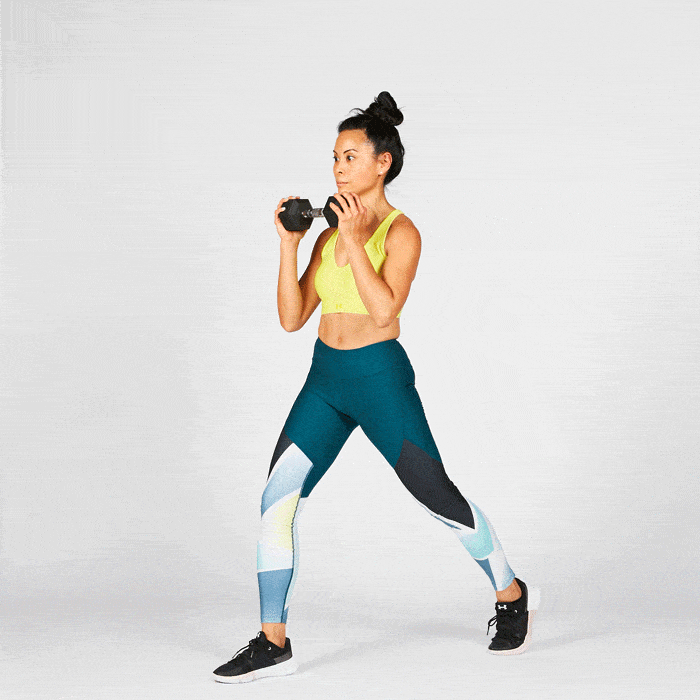
REVERSE LUNGE
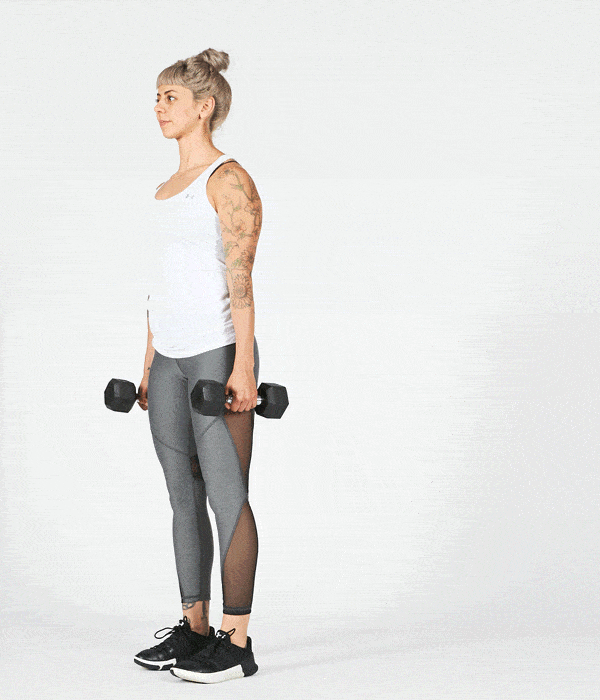
BULGARIAN SPLIT SQUAT
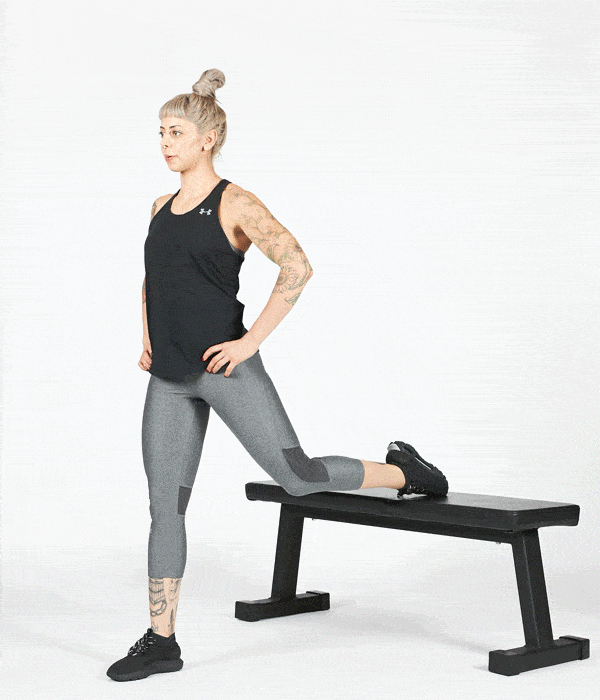
SINGLE-LEG DEADLIFT
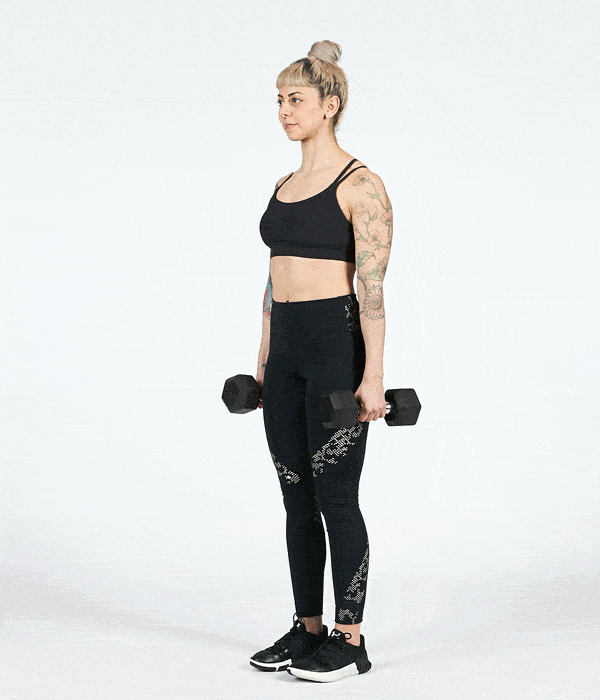
HIP BRIDGE
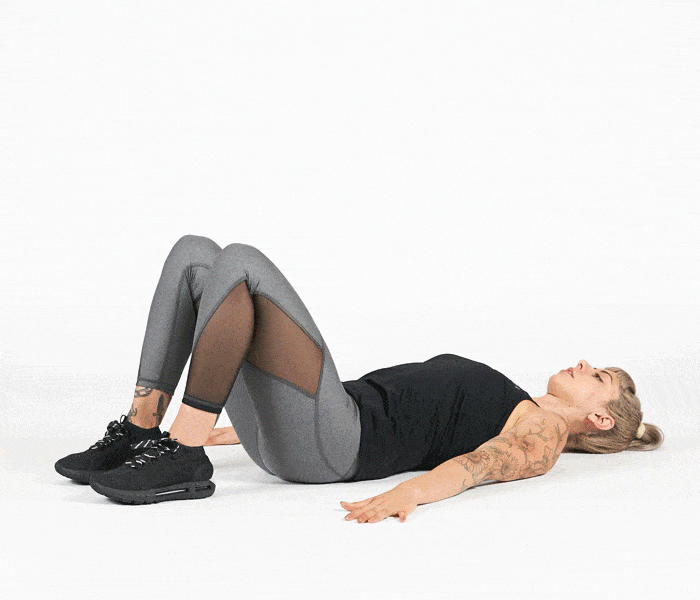
2. IMPROVE YOUR TECHNIQUE
Whether it’s in the gym, on the field or on the ice, always use great technique.
When you work out, make sure every rep is perfect. If you feel your technique start to fail, lower your weight, take a break or end the workout. If you push through and use sloppy technique, you’re actually training your brain to use those same patterns under stress and fatigue.
The same goes for your sprinting technique (regardless of whether you’re running or skating). If you use correct technique — good stride mechanics, good arm motion, etc. — you’ll actually improve your movement efficiency and increase your speed.
If, however, you run yourself into the ground and rely on poor movement quality to get by, you’ll ultimately sabotage your speed and increase your injury risk.
Remember, training isn’t just about muscles; it’s also about your brain.
3. GO SLOW
If you want to boost your speed, you eventually have to do lots of sprints. But how can you do a “speed workout” if you get gassed within the first few minutes?
Improve your conditioning and endurance so you can spend more time training at your peak.
To do so, it’s better to go slow — that’s because slow movements not only target your slow-twitch muscle fibers, but they also give you the cardiovascular and aerobic improvements you want. (If you go too fast, you’ll needlessly fatigue your fast-twitch muscle fibers, which you need for max speed and power.)
Great conditioning methods include biking, jogging, swimming, the elliptical, etc. Keep your heart rate between 120–140 bpm and exercise for 30–45 minutes, 1–3 times per week.
4. SPRINT SMARTER
Sprints can help when it’s part of a workout strategy — you can’t do them randomly. Here are some basic tips:
- Only do max-effort sprint days 2–3 times a week at most.
- Keep your sprints to a short 8–10 seconds at first.
- Take enough rest between max-effort sprints so you can give 100% with each sprint. Generally, your rest should be long enough for your heart rate to drop to ~130 bpm or you can breathe comfortably through your nose.
- Focus on doing more of these short sprints (instead of sprinting for more time or with less rest). Performing 15–20 sprints is a good target.
Once you’ve developed a solid foundation, then you can start incorporating longer sprints (in the 30–90 second range). Again, make sure you take complete rest in between these sprints so you can go at 100% speed. Also, since these longer sprints really fatigue your lactic system, only do them 1–2 times per week.
Originally posted September 2018, updated October 2022
Ready to take the next step? Unlock MyFitnessPal Premium to access custom goal settings, quick-log recipes, and guided plans from a registered dietitian. Premium users are 65% more likely to reach their weight loss goals!




